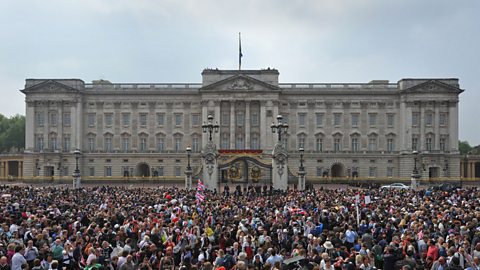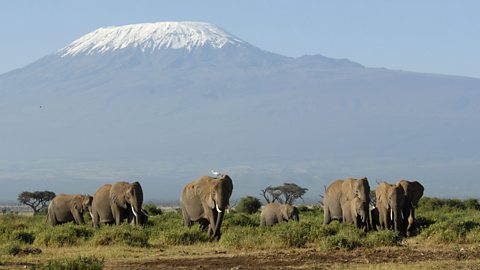Travel
Short-haul travel
Short-haul destinations are often defined as places that are within a 3-hour flight time of home.
Some UK budget airlines offer inexpensive flights to other airports in the UK or to Europe. The low cost of these flights, together with increased leisure time from flexible working hours has encouraged some customers to take several short breaks a year rather than one annual holiday.
Case study: London
London is one of the world's leading tourism destinations, and the city is home to an array of famous tourist attractions.

Attractions
- London Eye - a giant Ferris wheel located on the edge of the River Thames
- Big Ben and the Houses of Parliament
- Westminster Abbey
- Tower of London
- Buckingham Palace
- London Zoo
- St Paul's Cathedral
- British Museum
- National Gallery
Long-haul travel
Long-haul holidays are destinations beyond Europe, usually with a flight time of four hours or more.
Case study: Kenya
Low income countries (LICs) and middle income countries (MICs) are keen to attract tourists to promote development. Kenya was one of the first LICs to develop its tourist industry.

Attractions
Kenya has a hot climate and is located on the coast. Its safari parks, coral reefs and sandy beaches make it a very popular destination for tourists.
Benefits of tourism
- Improved living standards for locals, with more schools and hospitals.
- Infrastructure improved.
- Safari parks protect animals from poachers and can stop extinction of species.
- Local people are able to make money, eg Maasai by selling handicrafts.
Disadvantages of tourism
- Jobs can be low paid and temporary.
- Traditional ways may be lost in order to make a living.
- Game park buses cause soil erosion and alter the wild animals' behaviour.
- Hotels use a lot of water, which is a precious resource.
Sustainable tourism
Political instability, over-commercialism of safari parks and environmental degradation have discouraged many tourists from visiting the country.
The decline can be managed by:
- limiting the number of visitors to marine and game parks
- using local people as guides
- limiting the height of coastal developments
- educating tourists to observe local customs